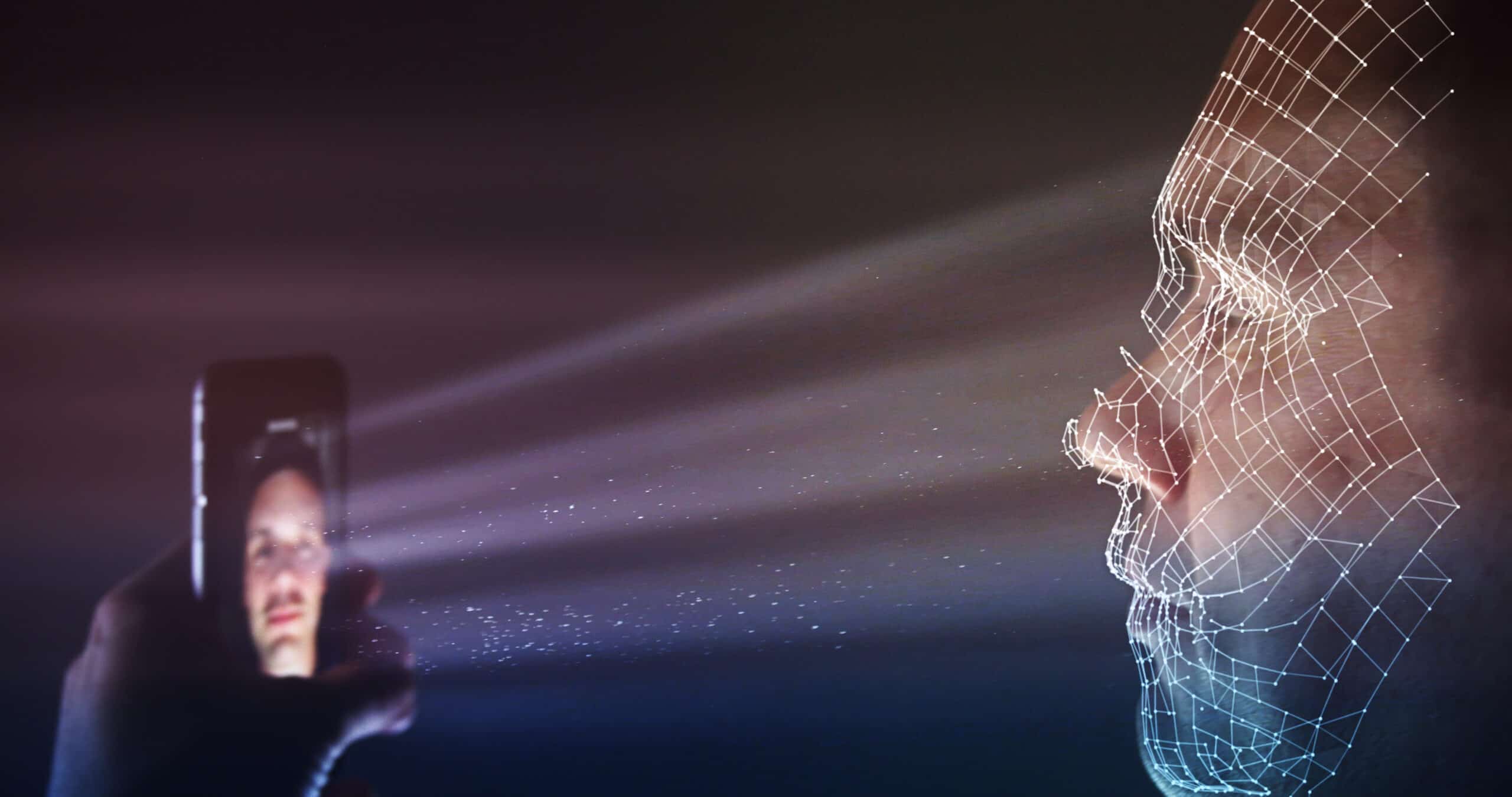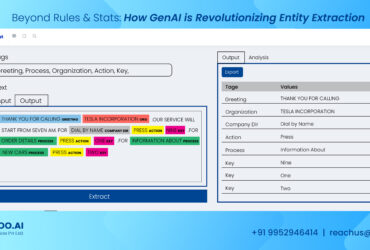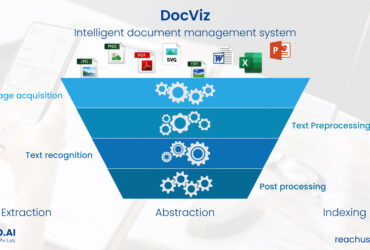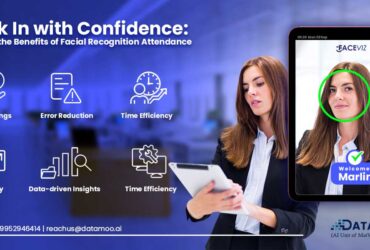
- February 21, 2024
- Mathu G
- Artificial Intelligence, NLP
Welcome to the wonderful world of attendance management! A world where clocks reign supreme, pens run out of ink faster than you can say “time is money,” and the phrase “Are you sure you clocked in?” echoes through the halls. However, amidst these challenges emerges a beacon of promise – face recognition technology.
The Challenge: Wrestling with Traditional Methods
Let's face it, traditional attendance management methods have their fair share of quirks. From the endless paperwork to deciphering illegible handwriting, it's a jungle out there. And the ubiquitous issue of buddy punching, where one employee clocks in for another, has not only hindered accuracy but also compromised security measures.
The Solution: Enter Face Recognition Technology
In response to these challenges, face recognition technology emerges as a robust solution. By harnessing the power of biometrics, this technology offers unparalleled accuracy and security in attendance tracking. Yes, you heard that right – your face is now your ticket to clocking in. No more forgotten badges or misplaced timecards. With just a smile (or a poker face, if that's more your style), you're in!
Benefits Galore: Why Face Recognition Rocks
So, what makes face recognition the superhero of attendance management? The advantages of implementing face recognition technology extend far beyond mere convenience. Enhanced accuracy ensures precise attendance records, thereby streamlining payroll processes and mitigating disputes. Moreover, the elimination of buddy punching safeguards against fraudulent activities, fostering a culture of integrity and trust within the organization. Furthermore, the seamless integration of face recognition with existing systems enhances operational efficiency, empowering HR departments with real-time data insights. From optimizing workforce management to facilitating compliance with regulatory standards, the benefits are manifold.

Here’s a list of advantages we can achieve by using face recognition for attendance management:
Scalability: Face recognition technology is highly scalable, making it suitable for organizations of all sizes. Whether you’re a small startup or a multinational corporation, the system can accommodate your needs without significant infrastructure changes.
Accessibility: Unlike traditional methods that may require physical cards or devices, face recognition is inclusive and accessible to all employees, including those with disabilities. It removes barriers for individuals who may struggle with manual processes or require special accommodations.
Data Security: Face recognition systems often come with robust encryption and security protocols, safeguarding sensitive biometric data. This ensures compliance with data protection regulations such as GDPR (General Data Protection Regulation) and instills confidence in employees regarding the privacy and security of their information.
Contactless Interaction: In light of health concerns, particularly during pandemic or outbreaks, face recognition offers a contactless alternative to traditional methods, reducing the risk of spreading infectious diseases through shared surfaces like fingerprint scanners or punch cards.
Customizable Features: Advanced face recognition systems can be tailored to meet specific organizational requirements. This includes setting parameters for acceptable facial expressions, allowing for variations due to cultural norms or individual preferences.
Real-time Monitoring: Face recognition technology enables real-time monitoring of attendance data, providing instant insights into employee punctuality and absenteeism. This enables proactive management interventions, such as identifying trends or addressing potential issues before they escalate.
Integration with Other Systems: Beyond attendance tracking, face recognition technology can seamlessly integrate with other organizational systems such as access control, time and attendance software, and HR management platforms. This integration enhances overall efficiency by creating a unified ecosystem of interconnected tools.
Remote Work Support: As remote work becomes increasingly prevalent, face recognition technology can facilitate attendance management for distributed teams. Employees can clock in from anywhere with an internet connection, ensuring accurate tracking regardless of their physical location.
Adaptability to Environmental Factors: Advanced algorithms in face recognition systems can adapt to various environmental factors such as changes in lighting conditions, facial hair, or facial expressions. This ensures reliable performance across different settings and minimizes false rejections or acceptances.
Continuous Improvement: With machine learning capabilities, face recognition technology can continuously learn and improve its accuracy over time. As more data is collected, the system becomes better at recognizing faces accurately, further enhancing the reliability of attendance records. Many face recognition systems offer geofencing and geotagging capabilities, adding an extra layer of security and verification to attendance management. Geofencing allows organizations to define virtual boundaries around specific geographic areas, such as office premises or project sites. When combined with face recognition, employees are required to clock in or out only when they are within the designated boundaries, ensuring that attendance records accurately reflect on-site presence.
For organizations with remote or field-based employees, geofencing and geotagging features enable validation of remote work locations. Employees can use their mobile devices to clock in or out from remote sites, with the system verifying their location against predefined geofences. This ensures that remote work hours are accurately recorded and aligned with organizational policies, preventing discrepancies or fraudulent claims.
Impact: Changing the Game, One Smile at a Time
The adoption of face recognition technology heralds a paradigm shift in organizational dynamics. Beyond operational enhancements, it engenders a sense of empowerment and ownership among employees. By embracing innovative solutions, businesses demonstrate their commitment to fostering a culture of innovation and efficiency.
Moreover, the positive ripple effects extend to employee morale and satisfaction. The implementation of cutting-edge technology not only elevates the employee experience but also positions the organization as a forward-thinking industry leader. This, in turn, fosters a sense of pride and loyalty among the workforce.
Conclusion
In conclusion, the integration of face recognition technology into attendance management systems represents a pivotal step towards modernization and efficiency. By addressing the limitations of traditional methods and unlocking a myriad of benefits, businesses can navigate the complexities of workforce management with confidence.
As we venture into an era defined by digital transformation, embracing innovative solutions becomes imperative for sustained success. Thus, let us seize the opportunity presented by face recognition technology to propel our organizations towards a future marked by precision, security, and prosperity. To know more : reachus@datamoo.ai








